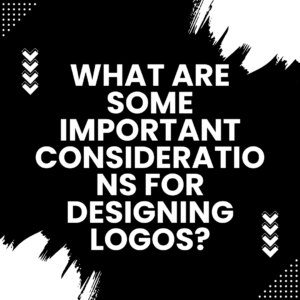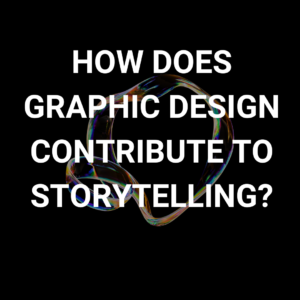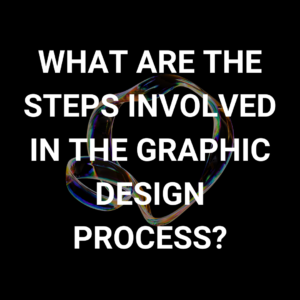What One Should Learn to Create Good Designs?

In order to create a successful design, one must adhere to certain rules and make effective use of components, forms, and one’s own creativity in a way that both enhances the design’s aesthetic appeal and helps it deliver its intended message.
Graphic design elements are sections or elements of art. They are, in other words, the components of workmanship. One piece of tone, a little bit of surface, and a lot of form combined will provide a carefully thought-out graphic design.
Creating Functional Designs
One needs a solid understanding of design concepts, components, usage of forms, typography, color schemes, etc. in order to produce effective practical designs.
Elements of Design
Segments or elements that may be included and described in any visual plan or work of art are called components of designs. They create the work and present it. Basic Elements of Design
The common basic seven elements of design throughout the field of designing are these-
- Point/Mark
- Line
- Shape
- Forms
- Space
- Color
- Texture
1. Point
The tiniest and most important part is a point or impression. It can be used as a unit in the group and vary in size, value, consistency, or irregularity.
2. Line
A line is a straightforward route that is filled with width and color. A designer may produce memorable logos, posters, drawings, and many other things with the use of a line. The entire trip starts with a single line.
3. Shape
The shape is defined as a region that stands out from the area around or around it due to a clearly defined or implied boundary or due to major differences in value, color, or surface. Shapes have exceptional significance and play a key role in visual reasoning and visual punctuation. All plan bearings have essential components called shapes. They can serve as components of simple synthesis and a tool for coordinating different substances.
Additionally, they aid in grouping or splitting plan components. Experts must consider the significance of forms and how they affect the client’s brain while creating a complicated scheme. Separating separate ideas or points, using various forms as symbols, and many more things are only a few of the significant uses of shapes.
4. Forms
Forms represent the 3D components of objects that take up space, such as volumes and mass. From every location, forms are visible. Along with height, they display the breadth and hold depth.
5. Space
One of the most crucial components, space is necessary for giving the design life. Space for breathing is essential.
6. Color
Color doesn’t need to be explained because its function is obvious. Hue, Value, and Intensity are the three primary concepts to consider while discussing color. Perhaps the most important element of any plan is color since, if used improperly, it might signify the turning point in your strategy.
People cycle and observe shading as a part of visual language before becoming consciously aware of it. Color arouses associations on a social and psychological level that are representative of ideas, reflections, and feelings. Therefore, depending on the context, a tone may have undertones that are either favorable or bad for different social orders and 2 firecrackers.
For instance, although white is frequently associated with joy and celebration in Western countries, it very well may be associated with hopelessness and despair in other societies.
7. Texture
It is simple to give a design a genuine appearance with texture.
Principles of Design
The esthetic guidelines used to organize or mastermind the main elements of a plan are known as design principles.
Basic Design Principles Every Novice Should Know
There are 6 main principles that play a very crucial role. These impeccable rules are no doubt vital to know.
- Balance
- Rhythm
- Contrast
- Pattern
- Unity
- Emphasis
1. Balance
Balance is what gives the design its sense of completion. We have symmetrical, which is equally balanced, and asymmetrical, which is unevenly balanced when dealing with balance.
2. Rhythm
A sense of coordinated development is created when at least one configuration component is used more than once, or, to put it another way, rhythm is created when a variety of plan elements are repeated in a certain order.
3. Emphasis
We employ emphasis to draw attention to a certain region or piece of material in the design. Different elements, such as color, size, layout, etc., can be employed to emphasize a point.
4. Contrast
Contrast is a key design idea because it makes it possible to highlight and provide significance to a plan’s key elements.
5. Pattern
Design patterns may be described as regular plans that use the same elements, such as line, form, and color, again. The pattern often heightens surface attraction, which raises visual ardor.
6. Unity
One definition of unity in terms of design is when the appropriate placement of elements in a visual gives viewers the impression that the entire composition is in sync with one another.
Summary
An excellent design is neither the result of tremendous creativity nor the outcome of an idea. It is the outcome of the effective application of several aspects and concepts that greatly aid designers. We now understand what differentiates good designs from terrible ones thanks to the information above.
Additionally, creativity is a key factor in how well one applies design concepts and aspects.







